What is Artificial Intelligence: Definition, History, and Basic Concepts
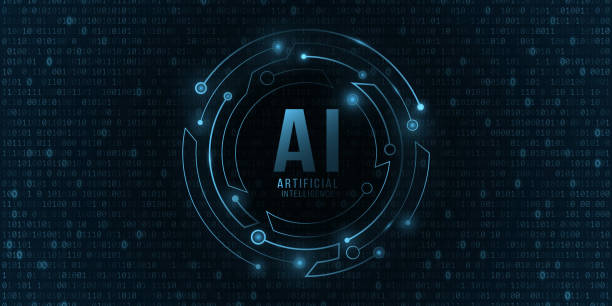
#Artificial_Intelligence (Artificial Intelligence or AI), in short, refers to the ability of a computer system to perform tasks that usually require human intelligence.
These tasks include learning, reasoning, problem-solving, perception, and understanding natural language.
The history of artificial intelligence dates back to the 1950s, when scientists and researchers began exploring the possibility of building machines that could think.
Wikipedia defines artificial intelligence as follows.
Over the years, artificial intelligence has witnessed various periods of excitement and disappointment, known as “AI winters.”
However, recent advances in computing power, big data, and machine learning algorithms have brought artificial intelligence back into the spotlight.
Basic concepts in #Artificial_Intelligence include Machine Learning, Deep Learning, Neural Networks, and Natural Language Processing.
These concepts allow machines to learn from data, recognize patterns, and make decisions.
Did you know that 85% of customers check your company’s website before any interaction?
With Rasaweb, build a corporate website that deserves your credibility.
✅ Increase the credibility and trust of customers
✅ Attract high-quality leads
⚡ Get free website design consultation
Types of Artificial Intelligence from Limited Systems to General Intelligence

Artificial intelligence can be divided into different types based on its abilities and applications.
A common classification divides artificial intelligence into two general categories:
- Narrow AI or Weak AI: This type of artificial intelligence is designed to perform a specific task and performs very well in that area.
Examples of narrow AI include voice assistants like Google Assistant and movie recommendation systems on online streaming platforms. - General AI or Strong AI: This type of artificial intelligence has cognitive abilities similar to humans and can perform any task that a human can perform.
General artificial intelligence is still in the research stage and does not currently exist.
In addition, artificial intelligence can also be categorized based on how it learns and performs.
Some of these categories include:
- Expert Systems: These systems use the knowledge of experts in a specific field to solve problems.
- Machine Learning: These systems can learn from data and improve their performance.
- Deep Learning: This branch of machine learning uses deep neural networks to analyze data and learn patterns.
Practical Applications of Artificial Intelligence in Daily Life and Various Industries
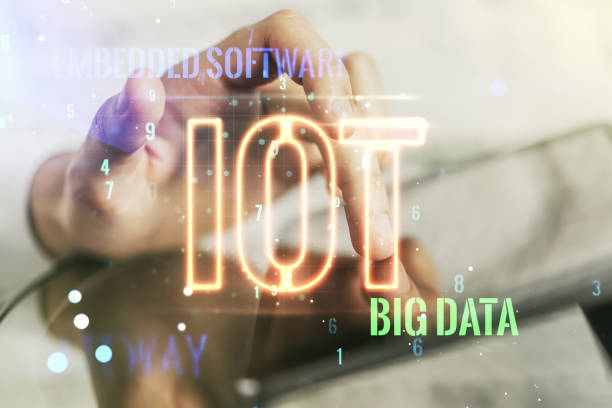
Artificial intelligence is currently used in many aspects of daily life and various industries.
In daily life, artificial intelligence is used in voice assistants, movie and music recommendation systems, self-driving cars, and facial recognition.
In various industries, #Artificial_Intelligence is used in areas such as healthcare, finance, manufacturing, transportation, and education.
For example, in healthcare, artificial intelligence is used to diagnose diseases, develop new drugs, and provide remote medical care.
In the financial industry, artificial intelligence is used to detect fraud, manage risk, and provide financial advisory services.
In the manufacturing industry, #Artificial_Intelligence is used for process automation, quality control, and predicting equipment failure.
In the transportation industry, #Artificial_Intelligence is used to improve routing, reduce traffic, and develop self-driving cars.
In the education industry, artificial intelligence is used to provide personalized education, assess student performance, and create interactive educational content.
| Area | Application of Artificial Intelligence |
|---|---|
| Healthcare | Disease diagnosis, drug development |
| Finance | Fraud detection, risk management |
| Manufacturing | Automation, quality control |
Machine Learning and Deep Learning: Differences and How They Work
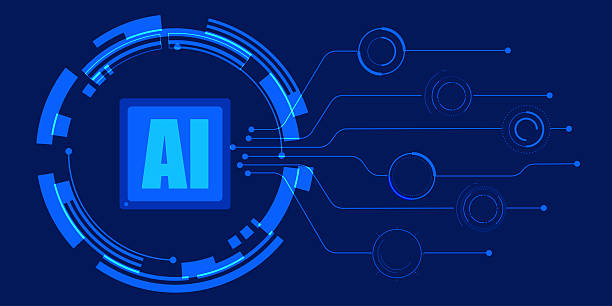
Machine Learning and Deep Learning are two important sub-branches of #Artificial_Intelligence.
Machine learning allows machines to learn from data and improve their performance without explicit programming.
In machine learning, algorithms identify patterns and relationships using training data, and then use these patterns to predict or make decisions about new data.
Deep learning is a more advanced branch of machine learning that uses deep neural networks to analyze data and learn patterns.
Read the machine learning article in Virgool.
Deep neural networks consist of multiple layers of interconnected nodes, each layer responsible for extracting specific features from the data.
Deep learning is particularly well-suited for solving complex problems such as image recognition, natural language processing, and machine translation.
Are you worried that your company’s old website will drive away new customers? Rasaweb solves this problem with a modern and efficient corporate website.
✅ Increases your brand credibility.
✅ Helps to attract targeted customers.
⚡ Contact Rasaweb for a free consultation!
Commonly Used Tools and Programming Languages in Artificial Intelligence Development
![]()
Developing #Artificial_Intelligence requires the use of specific tools and programming languages.
Some of the commonly used programming languages in artificial intelligence development include Python, Java, C++, and R.
Python has become one of the most popular languages for developing #Artificial_Intelligence due to its simplicity, readability, and the presence of extensive libraries such as TensorFlow, Keras, and PyTorch.
In addition to programming languages, other tools are also used for developing #Artificial_Intelligence.
These tools include Integrated Development Environments (IDEs), data management tools, data visualization tools, and cloud platforms.
Current Challenges and Limitations of Artificial Intelligence and Proposed Solutions
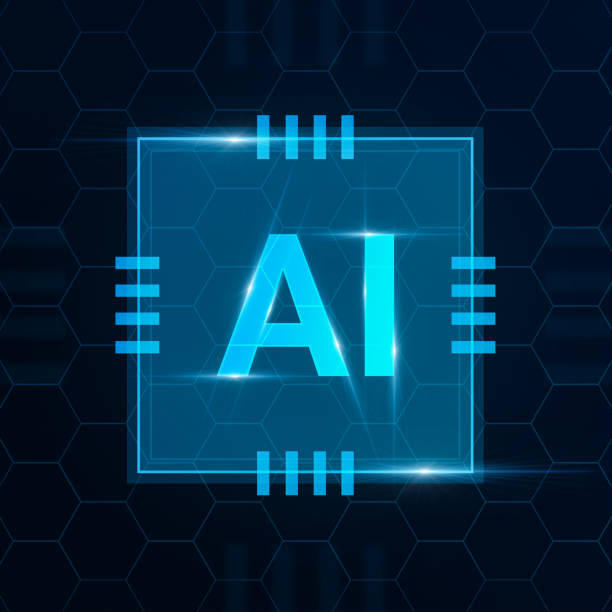
Despite the remarkable advances in the field of artificial intelligence, there are still numerous challenges and limitations.
One of the main challenges is the need for a large volume of high-quality training data.
#Artificial_Intelligence algorithms need a lot of data to learn and function properly, and if the data is incomplete, inaccurate, or inconsistent, the system’s performance will be problematic.
Another challenge is the lack of interpretability of some #Artificial_Intelligence models.
For example, deep neural networks are often referred to as “black boxes” because it is difficult to understand how they make decisions.
This can create problems in areas such as healthcare and legal, where transparency and accountability are needed.
The Future of Artificial Intelligence: Predictions and Key Trends
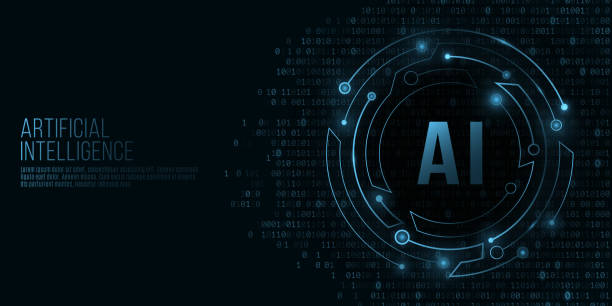
The future of #Artificial_Intelligence looks very bright, and it is predicted that this technology will play a more important role in our lives in the coming years.
Some of the key trends in the field of artificial intelligence include: increased use of #Artificial_Intelligence in various industries, development of general artificial intelligence, improvement of machine learning and deep learning capabilities, increased focus on ethics and accountability in #Artificial_Intelligence, and development of new applications of #Artificial_Intelligence in areas such as space, energy, and the environment.
However, the development of #Artificial_Intelligence also comes with challenges, including concerns about job losses, misuse of #Artificial_Intelligence, and the risks posed by automated #Artificial_Intelligence systems.
| Trend | Description |
|---|---|
| Increased use in industries | #Artificial_Intelligence is penetrating various industries. |
| Development of general artificial intelligence | Efforts to build machines with human intelligence. |
| Improve machine learning | Increase the accuracy and efficiency of algorithms. |
Ethics and Accountability in Artificial Intelligence: Key Considerations

With the increasing use of #Artificial_Intelligence, ethical issues and accountability in this field are becoming more important.
One of the key considerations is to ensure that #Artificial_Intelligence algorithms are fair and prevent discrimination.
#Artificial_Intelligence algorithms may inadvertently be discriminatory if the training data used for them is biased.
Another consideration is maintaining data privacy and security.
#Artificial_Intelligence needs a lot of data to function properly, and this data may include sensitive personal information.
Therefore, it is necessary to take appropriate measures to protect this data and prevent its misuse.
Are you tired of losing business opportunities due to not having a professional corporate website?
Rasaweb helps you with professional corporate website design:
✅ Create a powerful and reliable image of your brand
✅ Helps to attract targeted website visitors into loyal customers
⚡ Get a free consultation now!
Artificial Intelligence and the Future of Jobs: Impacts and Opportunities
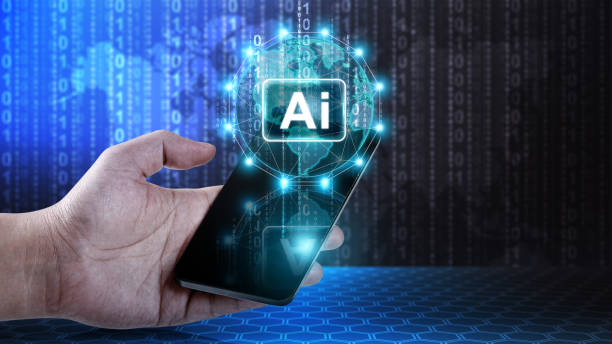
Artificial intelligence can have significant impacts on the future of jobs.
On the one hand, #Artificial_Intelligence can automate many tasks and cause job losses.
On the other hand, #Artificial_Intelligence can create new opportunities for job creation and improve productivity.
For example, #Artificial_Intelligence can help humans perform repetitive and tedious tasks, allowing them to focus on more creative and strategic tasks.
In addition, #Artificial_Intelligence can create new jobs in areas such as #Artificial_Intelligence development, data management, and data analysis.
To prepare for the future of jobs, people need to learn new skills and become familiar with new technologies.
How Can We Make the Best Use of Artificial Intelligence: Solutions and Suggestions

To make optimal use of #Artificial_Intelligence, we need to have a strategic and value-focused approach.
First, we need to clearly define our goals and needs, and then look for appropriate #Artificial_Intelligence solutions to achieve these goals.
We must also pay attention to ethical issues and accountability in #Artificial_Intelligence and refrain from using #Artificial_Intelligence in a way that harms the rights and freedoms of others.
In addition, we must continuously evaluate the performance of #Artificial_Intelligence systems and improve them if necessary.
Finally, we must remember that #Artificial_Intelligence is a tool, and success in using it depends on how we use it.
Frequently Asked Questions
| Question | Answer |
|---|---|
| What is the definition of Housh Masnoi (Artificial Intelligence)? | It is a field in computer science that aims to create intelligent machines that can think, learn, solve problems, and make decisions like humans. |
| Mention some common applications of artificial intelligence. | It includes self-driving cars, voice assistants (such as Siri and Alexa), recommendation systems (such as Netflix and Amazon), facial recognition, and medical diagnosis. |
| What is the difference between Narrow Artificial Intelligence (ANI) and General Artificial Intelligence (AGI)? | Narrow artificial intelligence specializes in one specific task, while general artificial intelligence has the human intellectual ability to perform any cognitive task. |
| What is Machine Learning and its relationship to artificial intelligence? | Machine learning is a branch of artificial intelligence that focuses on developing algorithms that allow systems to learn from data without explicit programming. |
| What are Artificial Neural Networks? | They are computational models inspired by the structure and function of the human brain, and are used in deep learning to process data and discover complex patterns. |
| Mention some ethical challenges related to artificial intelligence. | It includes privacy issues, bias in data and algorithms, job loss, and responsibility in case of errors or unfair decisions. |
| What is Natural Language Processing (NLP)? | It is a branch of artificial intelligence that focuses on enabling computers to understand, interpret, and generate human language in a useful and interactive way. |
| How can artificial intelligence affect the labor market? | It can lead to the automation of some routine tasks, which requires retraining workers and creating new jobs in the fields of designing, developing, and maintaining artificial intelligence systems. |
| What is Computer Vision? | It is a field in artificial intelligence that enables computers to “see” and understand and interpret images and videos in the same way that humans do, enabling them to recognize objects and faces. |
| What is the importance of data in developing artificial intelligence systems? | Data is the fuel that feeds artificial intelligence systems, especially in machine learning. The quality and quantity of data greatly affect the accuracy and performance of models and their ability to learn and make correct decisions. |
And other services of Rasa Web advertising agency in the field of advertising
Intelligent data analysis: A dedicated service for increasing website traffic growth based on marketing automation.
Intelligent Marketplace: Designed for businesses looking to engage users through precise audience targeting.
Intelligent Google Ads: A combination of creativity and technology to increase sales through proprietary programming.
Intelligent UI/UX: An effective tool for user interaction with the help of SEO-oriented content strategy.
Intelligent Marketing Automation: A fast and efficient solution for customer acquisition with a focus on proprietary programming.
And more than hundreds of other services in the field of internet advertising, advertising consulting and organizational solutions
Internet advertising | Advertising strategy | Advertisement report
Resources
What is artificial intelligence and what are its applications? (Part 1)
,What is artificial intelligence?
,What is Artificial Intelligence (AI)? – In simple language + applications, types, advantages and disadvantages
,What is artificial intelligence? Everything about AI
? Transform the online presence of your business with Rasaweb Afarin Digital Marketing Agency. From professional e-commerce website design to comprehensive digital strategies, we are your guide to success in the online world.
📍 Tehran, Mirdamad Street, next to Central Bank, Southern Kazerun Alley, Ramin Alley, No. 6



